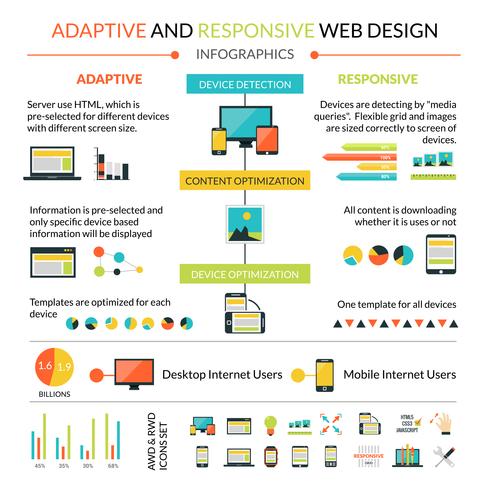The Advancement Of Internet Site Style: From Past To Existing
The Advancement Of Internet Site Style: From Past To Existing
Blog Article
Composed By-Solis Cantu
In the past, internet sites were easy and focused on information. Navigation was direct, and design was for desktop computers. Currently, individual experience is key. Information overviews styles for simple navigating. Receptive formats match different gadgets. https://search-engine-optimizatio73840.blogrelation.com/35927006/enhancing-your-site-s-efficiency-with-professional-on-page-seo-strategies , dark mode lowers pressure, and minimal menus improve navigation. Interactive attributes involve customers, and bold visuals attract attention. AI assimilation improves interaction. See how style has actually progressed to enhance your on the internet trip.
Very Early Days of Web Design
In the early days of website design, simpleness reigned supreme. Internet sites were standard, with limited colors, typefaces, and layouts. The emphasis was on providing details instead of showy visuals. Individuals accessed the web with slow dial-up links, so rate and performance were key.
website development packages were straightforward, normally situated on top or side of the web page. Internet sites were created for desktop computers, as mobile browsing wasn't yet widespread. Material was king, and designers focused on very easy readability over complicated design elements.
https://https-edgy-app-seo-jobs97541.loginblogin.com/36569941/wanting-to-improve-your-brand-name-s-presence-on-the-net-reveal-the-secret-to-achieving-success-in-electronic-advertising-and-marketing-with-professional-services-that-can-transform-your-company was the primary coding language used, and designers needed to work within its restrictions. Animations and interactive features were minimal compared to today's requirements. Sites were fixed, with little vibrant material or personalized user experiences.
Increase of User-Focused Layout
With the advancement of site layout, a shift in the direction of user-focused design concepts has become increasingly prominent. online ada compliance , developing internet sites that focus on individual experience is important for engaging site visitors and achieving business goals. User-focused design involves understanding the demands, preferences, and actions of your target market to customize the website's design, content, and features appropriately.
Developers now carry out detailed research, such as customer studies and use testing, to collect understandings and responses straight from customers. This data-driven technique helps in producing intuitive navigation, clear calls-to-action, and aesthetically enticing user interfaces that reverberate with visitors. By placing the individual at the facility of the design process, internet sites can supply a more individualized and delightful experience.
Receptive style has actually additionally become a vital element of user-focused style, making sure that sites are enhanced for different tools and screen dimensions. This flexibility boosts access and usability, satisfying the varied means users engage with web sites today. Basically, the increase of user-focused design represents a shift in the direction of creating electronic experiences that prioritize the demands and assumptions of the end customer.
Modern Trends in Web Design
Check out the most up to date trends forming web design today. One popular fad is dark mode style, supplying a sleek and modern look while minimizing eye pressure in low-light environments. Another essential trend is minimalist navigating, streamlining menus and enhancing individual experience by focusing on essential elements. Integrating micro-interactions, such as computer animated buttons or scrolling impacts, can produce a much more interesting and interactive internet site. Receptive style continues to be critical, making sure smooth customer experiences across different tools. In addition, using strong typography and unbalanced formats can include visual interest and accentuate certain material.
Integrating AI innovation, like chatbots for client support or personalized recommendations, enhances user engagement and enhances procedures. Accessibility has likewise become a significant trend, with developers focusing on inclusive style techniques to cater to diverse user needs. Embracing sustainability by optimizing website performance for speed and effectiveness is one more emerging fad in website design. Collaborating with user responses and information analytics to repeat and improve layout continuously is important for staying relevant in the ever-evolving electronic landscape. By welcoming these modern-day patterns, you can produce a visually appealing, easy to use site that resonates with your target market.
Conclusion
As you reflect on the development of site style from the very early days to currently, you can see exactly how user-focused style has actually come to be the driving force behind modern fads.
Accept the journey of change and adaptation in website design, constantly maintaining the customer experience at the leading edge.
Stay current with the most recent patterns and modern technologies, and never quit advancing your approach to produce aesthetically stunning and straightforward internet sites.
Evolve, adapt, and develop - the future of web design remains in your hands.
